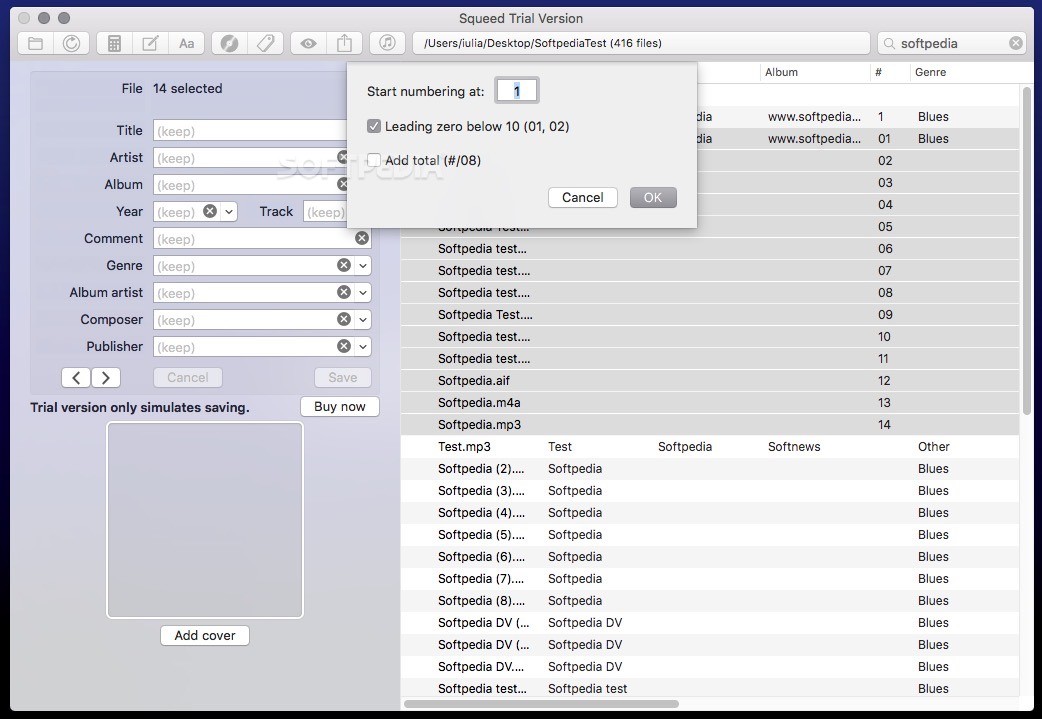
On the other hand, a positively skewed distribution means that the investment is expected to experience frequent small losses and a few large gains.Ī negatively skewed distribution is often less desirable because the large losses will cancel out, and likely exceed, the small gains leading to more realized losses. In finance, a negatively skewed distribution tells us that an investment or portfolio is expected to experience frequent small gains and a few large losses. Negatively Skewed Distributions: What Does It Tell Us? For instance, if 3 appears more times than any other number, then 3 is the mode. The middle point of the data set (data must be sorted in ascending or descending order).ĭatapoint that appears the most in a data set. Sum of all values divided by the number of values. Definition of Mean, Mode and Median Measures of Central Tendency

The distribution above is a left-skewed distribution where the mean is less than the median, which is less than the mode (mean Median > Modeīelow is a table with definitions for mean, median, and mode.

The mean will be less than the median, which will be less than the mode. If the distribution is skewed to the left then the mean, median, and mode will not be equal. A normal distribution is also known as a bell curve. In a normal distribution the mean, median, and mode are all equal to each other.įor example, if the mean in a normal distribution is 3, then the median and mode will also be 3. Negatively Skewed Distributions: Central TendencyĬentral tendency, in statistics, refers to the data point in the middle of a normal distribution. Below is a left-skewed distribution presented as a bar chart. It is important to remember that a distribution may be presented in other formats, such as a bar chart or histogram. An investor would not want a negatively skewed return distribution because the large losses will cancel out the small gains. In finance, a left-skewed distribution means there will likely be frequent small gains and few large losses. In other words, the distribution is being pulled to the left. The left-tail is longer in the distribution.

The illustration above is what a left-skewed distribution might look like. Negative skewness has important implications on the mean, median, and mode of the data. A negatively skewed distribution, also known as the left-skewed distribution, is when more values are concentrated on the left-side of the mean of the distribution.


 0 kommentar(er)
0 kommentar(er)
